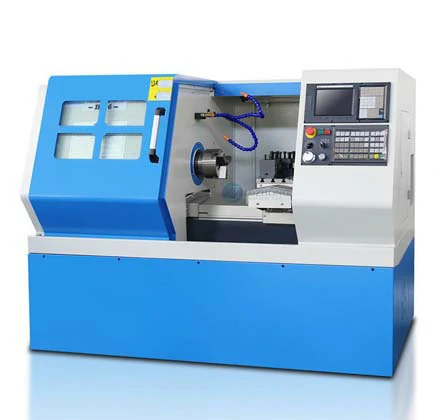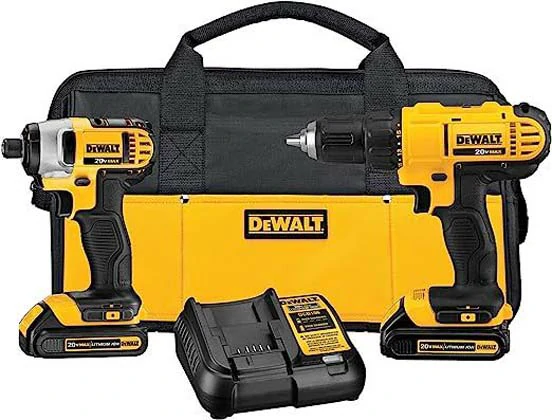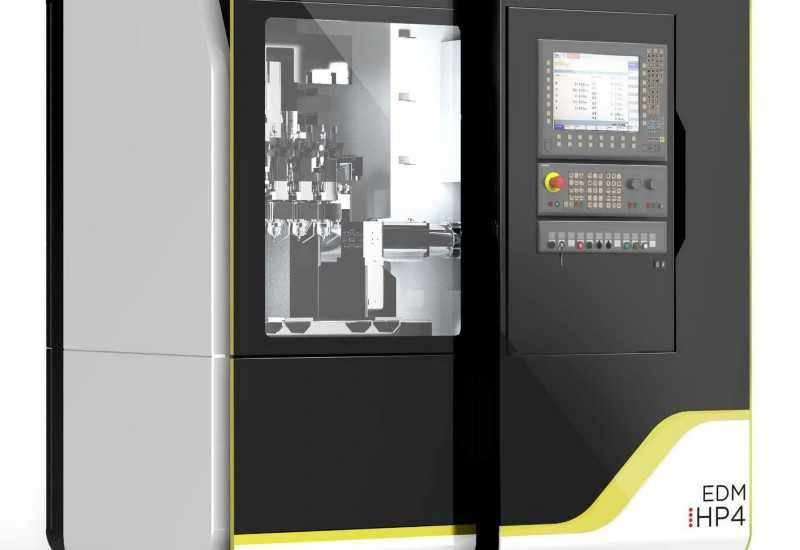1. Introduction
In the field of CNC machining, tools play a crucial role in achieving accurate and efficient production. However, tool wear is an inevitable phenomenon that occurs during the machining process. Understanding and managing tool wear is essential to ensure optimal tool life and maintain high-quality machining results. This article will explore the common types of tool wear in CNC machining and discuss effective strategies for tool life management.
2. Types of tool wear
Flank wear
Flank wear is one of the most common types of tool wear encountered in CNC machining. It refers to the gradual wear of the tool’s cutting edge, particularly on the flank side. Factors such as cutting speed, feed rate, material properties, and cutting conditions can all contribute to flank wear. Monitoring the flank wear and replacing the tool when the wear reaches a predetermined limit is essential to prevent poor surface finish and dimensional inaccuracies.
Crater wear
Crater wear occurs at the cutting edge of the tool, usually in the form of a small, concave-shaped depression. It is primarily caused by the high temperatures generated during the cutting process. Factors such as cutting speed, tool material, and cutting fluid performance influence the rate of crater wear. Implementing effective cooling strategies, selecting suitable tool coatings, and optimizing cutting parameters can help mitigate crater wear and extend tool life.
Chipping
Chipping refers to the formation of small cracks or fragments on the tool’s cutting edge. It is commonly observed in brittle materials or when encountering sudden impacts during machining. Poor tool material quality, improper cutting parameters, and inadequate tool geometry can also contribute to chipping. Maintaining proper cutting conditions, ensuring tool sharpness, and using appropriate tool materials are key factors in preventing chipping and prolonging tool life.
3. Tool life management strategies
Regular tool inspection
Regular inspection of the tool’s condition is crucial for identifying signs of wear and determining the appropriate time for tool replacement. This can be done visually or with the help of specialized measuring tools. By monitoring tool wear, machining operations can be adjusted, and potential issues can be addressed proactively, avoiding unexpected tool failure and minimizing production downtime.
Cutting parameter optimization
Optimizing cutting parameters such as cutting speed, feed rate, and depth of cut can significantly influence tool life. High cutting speeds and feed rates increase the temperature and stress on the tool, leading to accelerated wear. By finding the right balance between productivity and tool life, manufacturers can achieve efficient production while maximizing tool utilization.
Tool coating selection
Choosing the appropriate tool coating can greatly improve tool life by providing enhanced wear resistance and reducing friction. Popular coating options include titanium nitride (TiN), titanium carbonitride (TiCN), and diamond-like carbon (DLC). Each coating has its own advantages and is suitable for specific applications. Considering the material being machined and the desired cutting conditions, selecting the right coating can significantly extend tool life.
In conclusion, tool wear is an inevitable part of CNC machining, but by understanding the types of wear and implementing effective tool life management strategies, manufacturers can optimize tool utilization and achieve high-quality machining results. Regular tool inspection, cutting parameter optimization, and appropriate tool coating selection are all essential factors in maximizing tool life. By continuously improving tool wear management, manufacturers can enhance productivity, reduce costs, and maintain a competitive edge in the CNC machining industry.
.webp)



